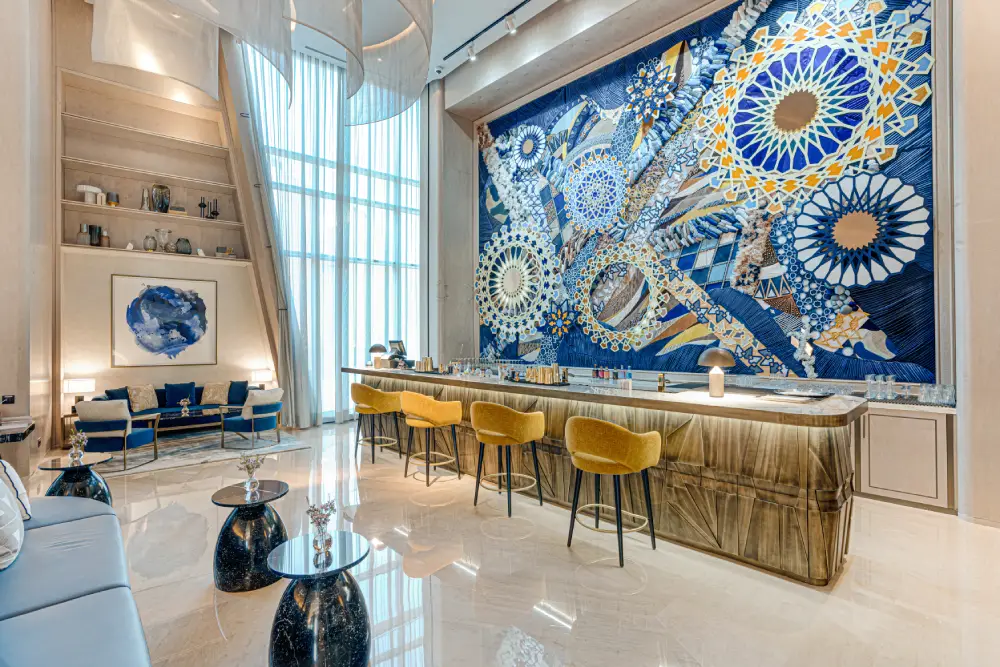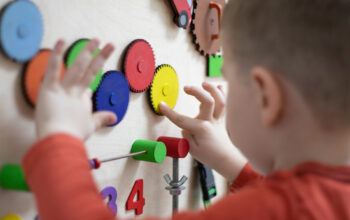Interior fit out is a fundamental aspect of creating functional and aesthetically pleasing spaces. Whether it’s for residential, commercial, or industrial purposes, understanding the basics of interior fit out is essential for anyone planning a design project. From conceptualization to execution, this guide from top fit out contractors in Dubai provides beginners with insights into the key elements of interior fit out.
Understanding interior fit out:
Interior fit out refers to the process of furnishing and equipping interior spaces to make them suitable for occupancy. Unlike interior design, which focuses on aesthetics and ambiance, fit out involves the practical aspects of making a space functional and operational. It encompasses various elements such as partitioning, flooring, ceilings, lighting, furniture, and fixtures.
Key components of interior fit out:
Space planning: Effective space planning is the foundation of a successful fit out project. It involves analyzing the available space and determining the optimal layout to maximize functionality and efficiency. Considerations such as traffic flow, zoning, and ergonomics play a crucial role in space planning.
Partitioning: Partitioning divides a space into distinct areas to fulfill specific purposes. It can be achieved through various methods such as walls, screens, or furniture arrangements. The choice of partitioning depends on factors like flexibility, sound insulation, and aesthetic preferences.
Flooring: Flooring enhances the visual appeal of a space and also influences its functionality and durability. Options range from hardwood and laminate to tiles and carpeting, each offering unique characteristics in terms of aesthetics, maintenance, and cost.
Ceilings and lighting: Ceilings and lighting contribute significantly to the ambiance and functionality of a space. Different ceiling designs and lighting fixtures can create various moods and enhance productivity. Consider factors such as natural light, artificial lighting options, and energy efficiency when designing ceilings and lighting systems.
Furniture and fixtures: Choosing the right furniture and fixtures is essential for both comfort and functionality. From ergonomic office chairs to bespoke cabinetry, each element should complement the overall design while meeting the specific needs of the occupants.
The fit out process:
Concept development: This stage involves brainstorming ideas, creating mood boards, and developing a design concept that aligns with the client’s objectives and preferences.
Design and planning: Once the concept is approved, detailed drawings and plans are created, specifying all aspects of the fit out, including materials, finishes, and layouts.
Procurement and installation: Materials, furniture, and fixtures are sourced and procured according to the approved plans. Skilled contractors then install these elements, ensuring quality craftsmanship and adherence to timelines.



